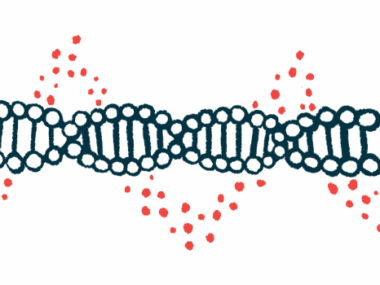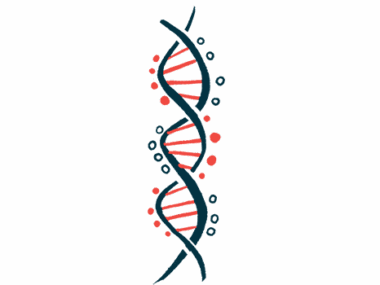4 cases of CF-related skin rash and joint pain described in series
Researchers propose 'unifying name' for syndrome
Written by |

A report described episodes of skin rash associated with joint pain and inflammation, known as dermatitis-arthritis syndrome, in four females with cystic fibrosis (CF).
The patients had similar symptoms, including pink, swollen, itching skin eruptions associated with joint pain. The researchers proposed cystic fibrosis dermatitis arthritis syndrome as a new and unifying name for these clinical presentations.
“Clinical suspicion should remain high in young female patients with cystic fibrosis presenting with episodic joint pain and rash, independent of pulmonary exacerbations [flare-ups],” the researchers wrote. The cases were described in “Cystic fibrosis dermatitis arthritis syndrome: A series of four cases,” published in Pediatric Dermatology.
CF is caused by mutations in the CFTR gene, which provides instructions for producing a protein of the same name. Mutations in CFTR lead to no or dysfunctional protein and, as a result, thick and sticky mucus that causes most disease symptoms, including respiratory problems and digestive difficulties.
Researchers in the U.S. reported four cases of females ranging in age from 9 to 26 who experienced recurrent episodes of swollen, pink skin eruptions, mainly in the limbs. These commonly caused itching, but not pain, and lasted five to seven days.
Joint pain, inflammation
All patients also experienced severe joint pain, with associated swelling and limited range of movement. In two patients, episodes were also characterized by joint inflammation. These episodes were not associated with the onset of pulmonary exacerbations.
Laboratory analysis indicated high levels of inflammatory markers. Two patients with available data were negative for rheumatoid factor, proteins associated with autoimmune conditions such as rheumatoid arthritis. One of them had low levels of antinuclear antibodies, present in several autoimmune diseases.
Tissue analysis revealed variable signs that included inflammation around blood vessels and tissue infiltration of neutrophils, a type of immune cell, a sign of inflammation.
All patients were managed with nonsteroidal anti-inflammatory drugs (NSAIDs). A 19-year-old patient also received prednisone, a corticosteroid, followed by oral dapsone, an antibiotic. She experienced significant clinical benefit, having remained on long-term dapsone for more than one year when the study concluded.
Two patients had previously been treated with antihistamines, medications commonly used to ease symptoms of allergies, but benefit was none to mild.
“Advances in pharmacology are impacting the prognosis and landscape of CF and may affect the prevalence and presentations of associated cutaneous [skin] manifestations,” the researchers wrote. However, the “recognition of [CF-dermatitis arthritis syndrome] is critical to avoid misdiagnosis and potential erroneous withdrawal of a suspected [causing] medication,” they added.







